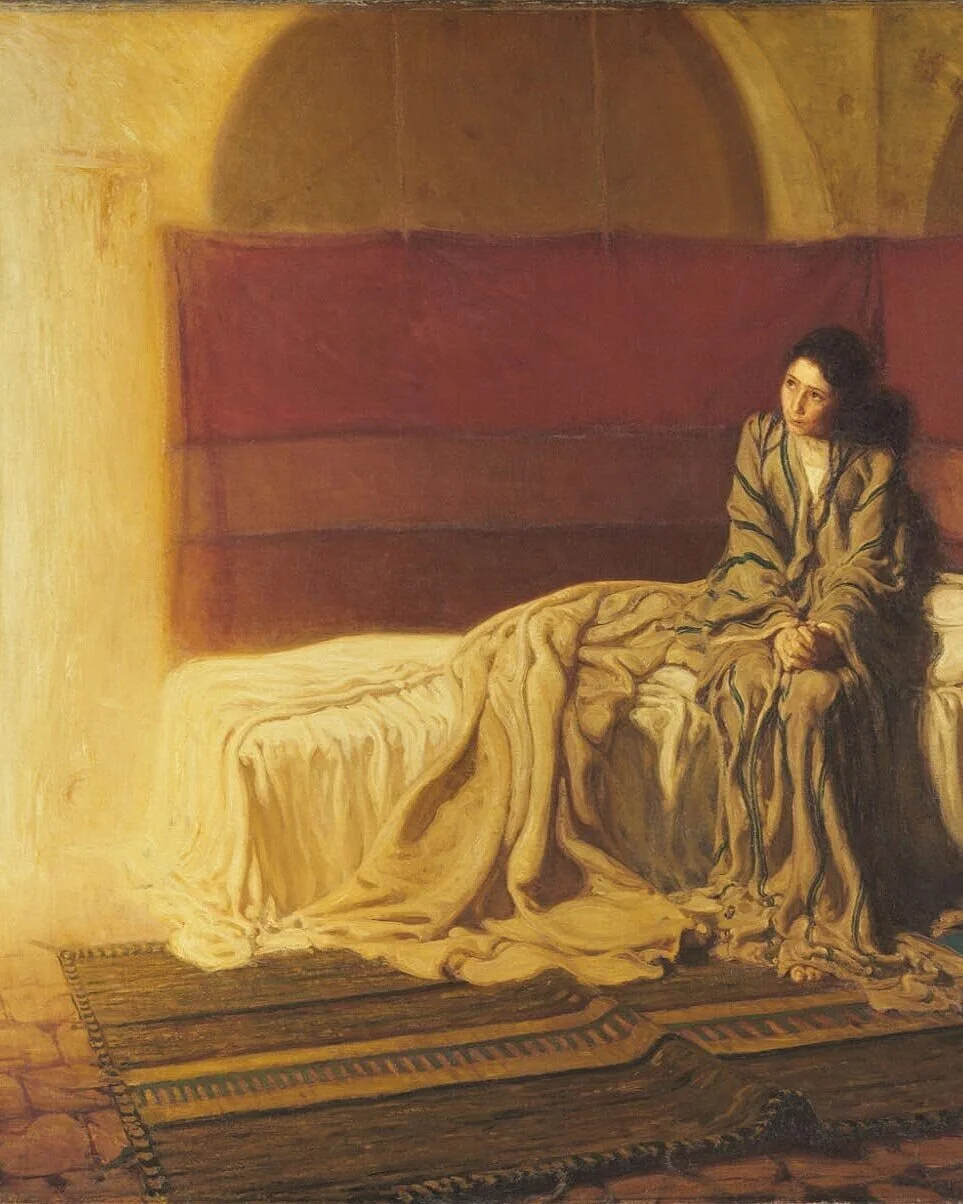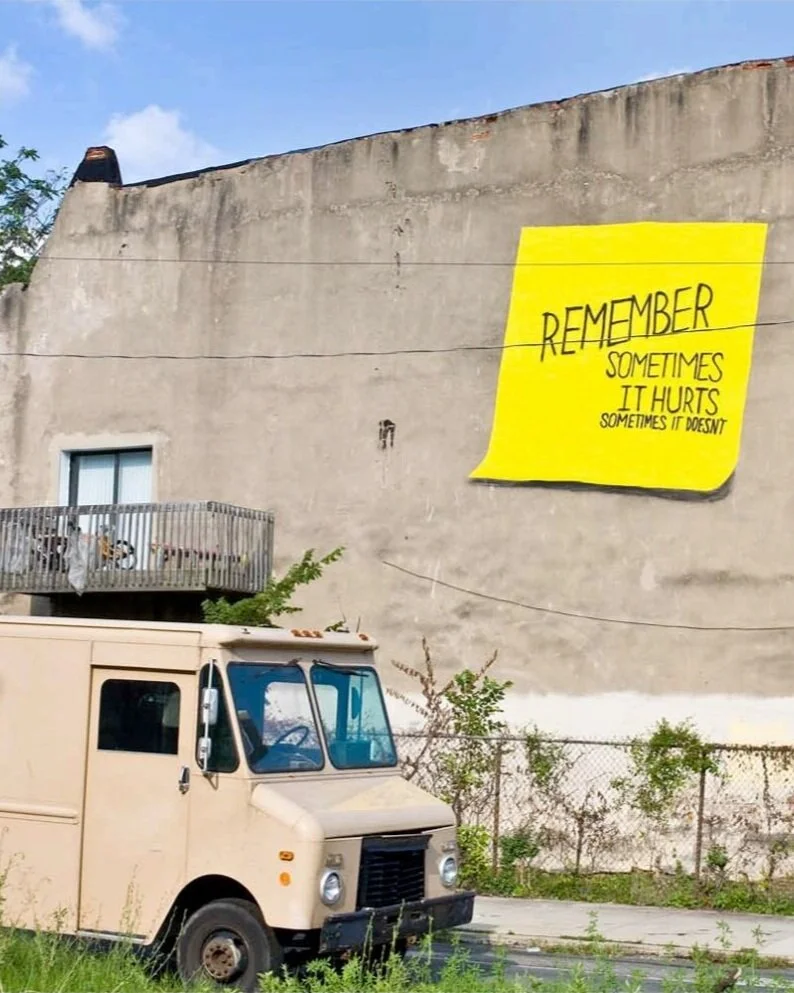Rx 40 / The Casual Passerby
What I intended to create was a counter-model and propose a counter-stance to the existing, dominant thought. I recall, for instance, that Casual Passer-by on the Boulevard Saint-Germain des Prés in 1971 was, statistically, seen by five million people a day as they walked by. About five of them understood what it was all about. The ambiguity that lies between the five and the five million is interesting. Five million people minus five were perturbed by the fact that there was a portrait there.
— Braco Dimitrijević, Interview with Jean-Hubert Martin (2005)
In 2007, a photo portrait of an unknown person was unveiled on the facade of Fisher-Bennett Hall on the campus of the University of Pennsylvania. Displayed in a manner typically reserved for a celebrity or public figure, The Casual Passer-By I Met at 3.01 pm, Philadelphia, April 9, 2007 instead memorializes a fleeting social encounter. While visiting Philadelphia, the conceptual artist Braco Dimitrijevic met Michael Howard, a Penn student, at the corner of 34th and Walnut Streets. Dimitrijevic asked for the student’s permission to be photographed, and, shortly thereafter, hung the portrait on a facade at the same intersection where they first met. Anonymous and magnified, the imposing scale of the “casual passer-by” elevates the everyman within the landscape of the university.
Braco Dimitrijević, The Casual passer-by I Met at 3.41 pm, Paris 1999 and The Casual Passer-by I Met at 3.47 pm, Paris 1999, Les Champs-Elysées, Paris, 1999/2000.
Braco Dimitrijević, The Casual Passer-by I Met at 11:28 AM, London, 1972, 1972.
Dimitrijevic initiated The Casual Passer-By series in 1968 when he began to photograph people he met by chance in his hometown of Zagreb. In the process, the city streets transformed into a sort of museum of the arbitrary pedestrian. He has since repeated this process in cities worldwide, utilizing the facades of public buildings or cultural institutions, billboards, banners, and public transit vehicles for display. This archive of urban life celebrates the vagaries of chance, the whims of history, and the fickleness of celebrity. In so doing, Dimitrijevic charts the perpetual transformations of city spaces and calls our attention toward the unrecognized or overlooked passer-by.
Braco Dimitrijević, Granite slab built into the pavement in front of Cologne Cathedral, 1980.
Braco Dimitrijević, Painting by Krešimir Klika, 1968.
Dimitrijevic’s other works explore similar themes of participation, monumentality, and commemoration. In Painting by Krešimir Klika (1968), Dimitrijevic placed a bag of milk in the middle of a busy street; when a motorist drove over the bag, creating an abstract splatter on the asphalt, Dimitrijevic deemed him the co-author of the col- laborative work. In another instance, Dimitrijevic installed plaques in city squares with conditional phrases such as “This could be a place of historical importance” that speculate about potential histories to come. By working furtively within urban spaces saturated with “messages of culture and dominant ideologies,” Dimitrijevic injected “ruptures of perception” by displaying a public image without explicit purpose or function.
Reflections…
Dimitrijevic’s work hinges on chance. He chooses the first person who accepts his invitation to be photographed; likewise, the co-producer of his participatory street art is whoever happens to drive by. During COVID-19 and social distancing, the chance encounters and casual interactions that form the basis of Dimitrijevic’s work have become less common. Many feel nostalgic over the loss of these casual communities, formed at the photo- copier or on the street. In what ways are aleatory encounters with friends, colleagues, and strangers fundamental to human flourishing, and how can we foster them during and beyond the pandemic? How can we find an analogous experience within the physician-patient dynamic, in which two individuals who might never have encountered one another, connect—and often have an indelible impact on each other?
In elevating the “unnamed passer-by,” Dimitrijevic calls attention to the outsized role that certain individuals, institutions, or corpora- tions are accorded in an urban or cultural land- scape. Why, he asks, should one person or group in a democracy be ascribed “historical importance” that is withheld from most individual citizens? Dimitrijevic’s provocation indirectly challenges how we respond to inequality in society and healthcare—both its representation and its reality. From revisiting institutional portraiture to strategic communications about diversity, what can we learn from Dimitrijevic’s efforts to democratize visibility and question the processes that regulate who is seen? How can we recognize the cumulative power of minor gestures to “perturb” us toward social change?
sources
Dimitrijević, Braco. Tractatus Post Historicus (1976). Slought Books; 2009.
Kolata, Gina. “Kati Kariko Helped Shield the World From the Coronavirus.” The New York Times, The New York Times, 8 April 2021, https://www.nytimes.com/2021/04/08/health/coronavirus-mrna-kariko.html.
Levy, Aaron. “The Casual Passer-By I Met at 3.01 pm, Philadelphia, April 9, 2007.” Slought, https://slought.org/resources/the_casual_passerby.










